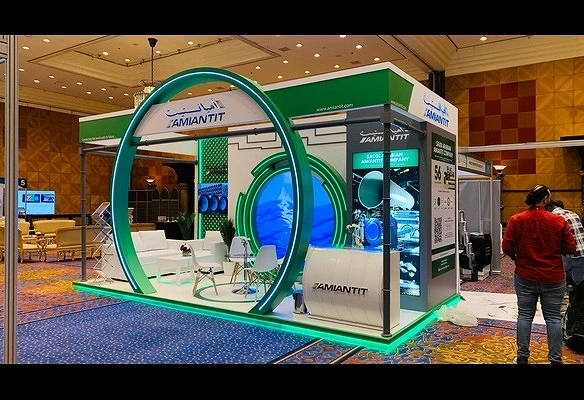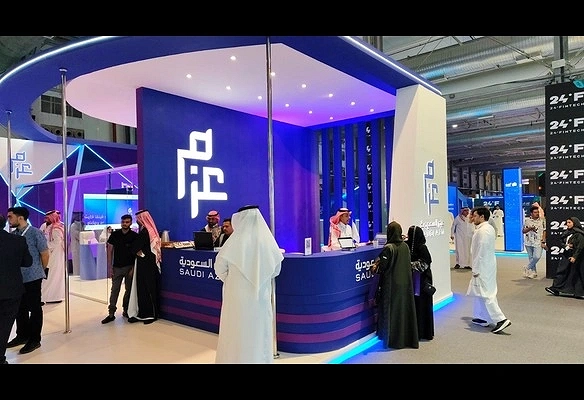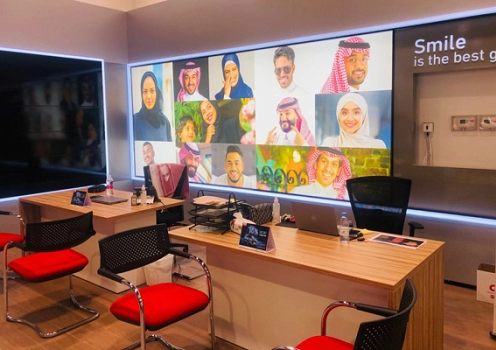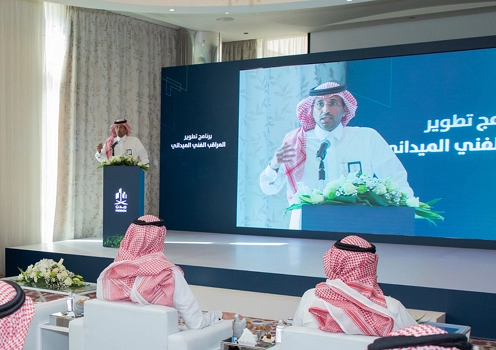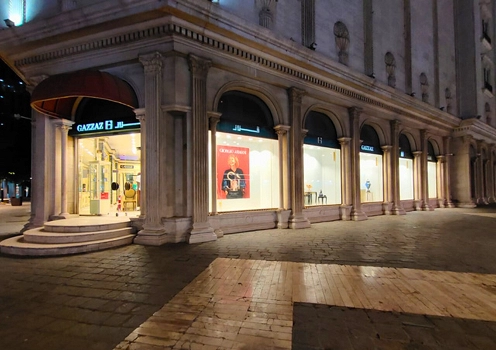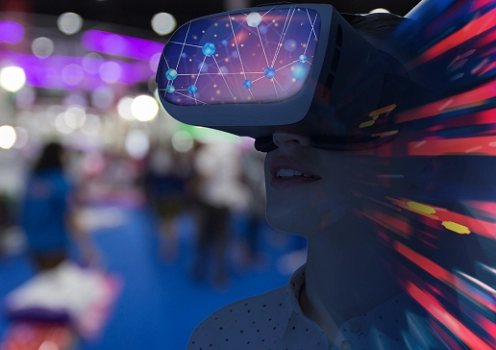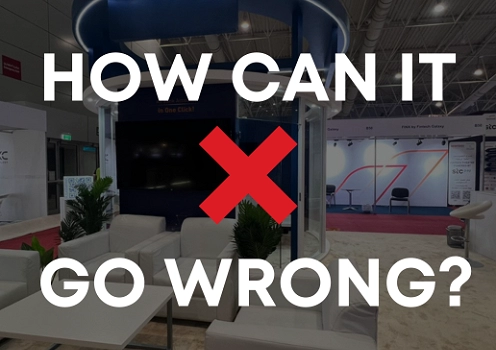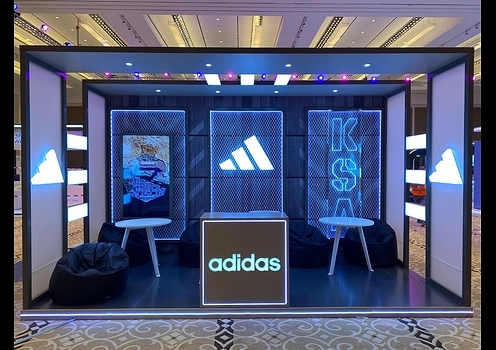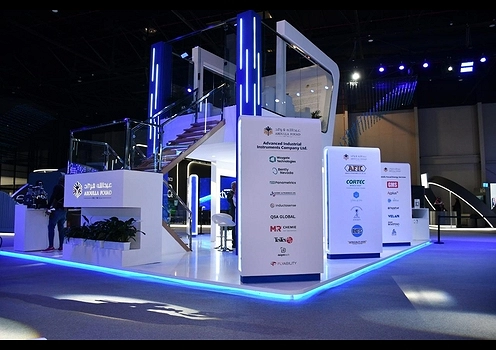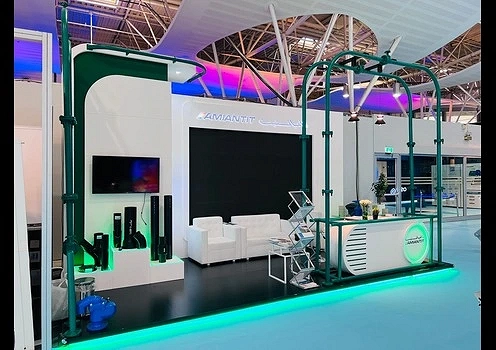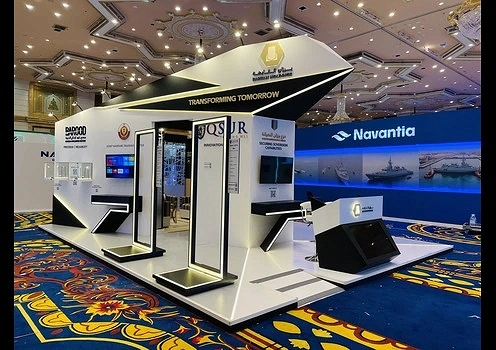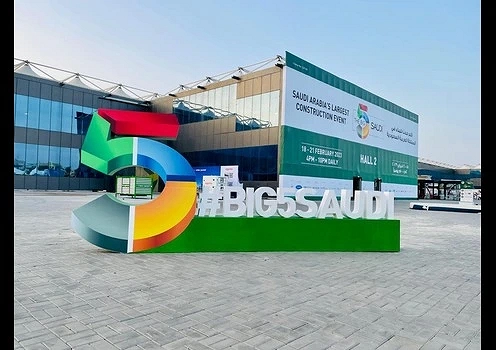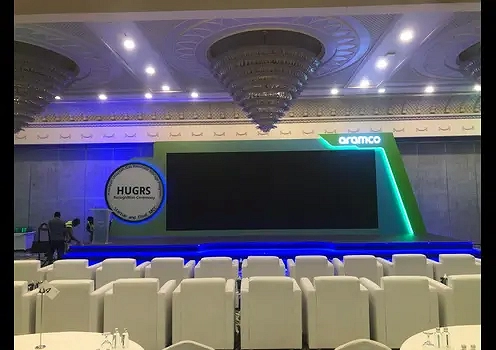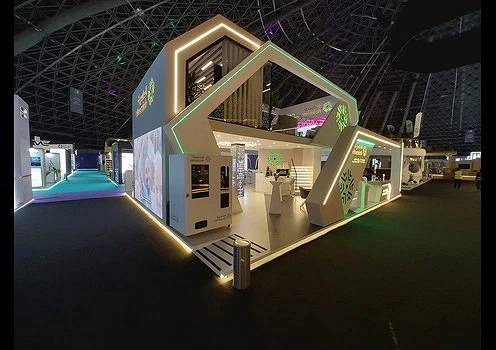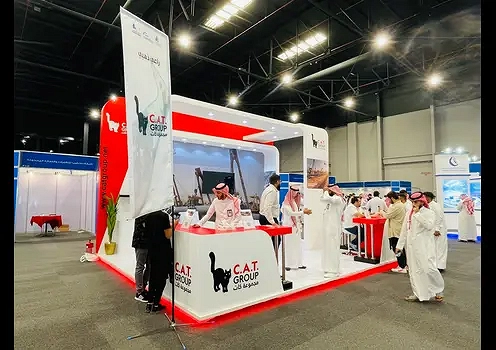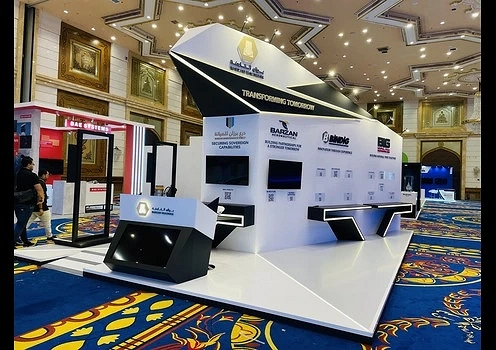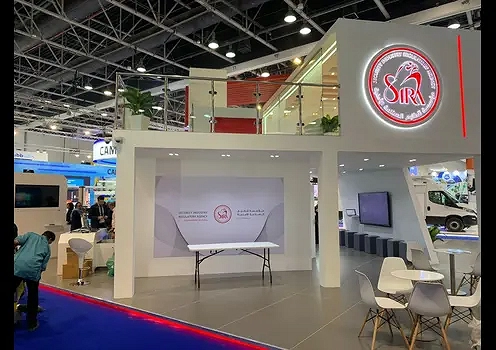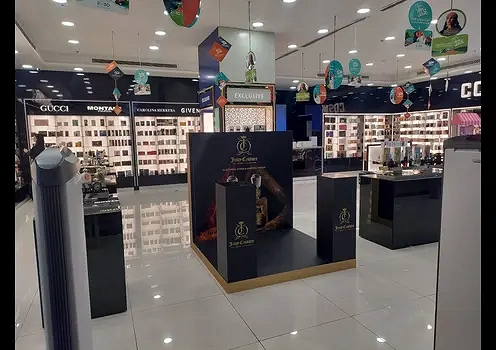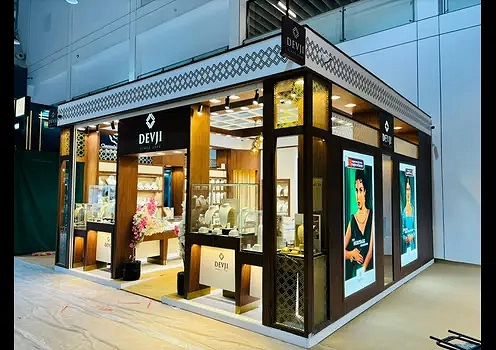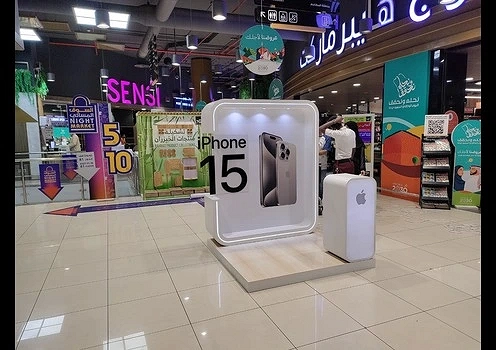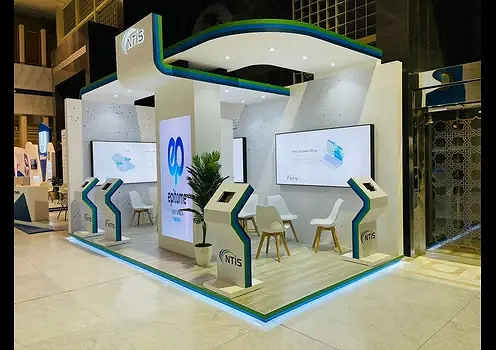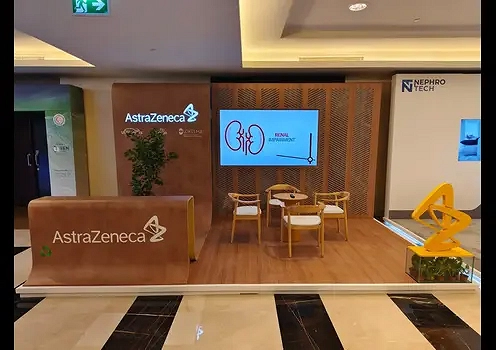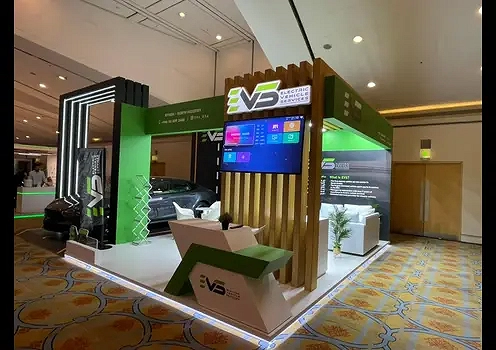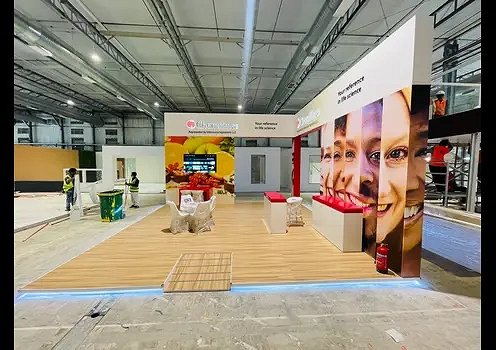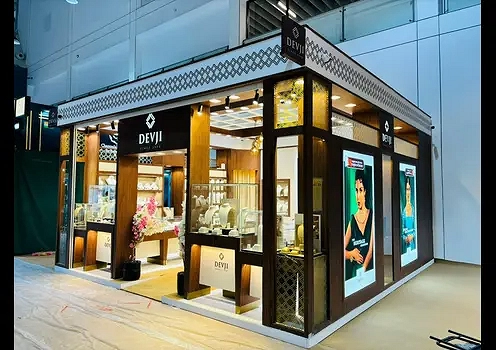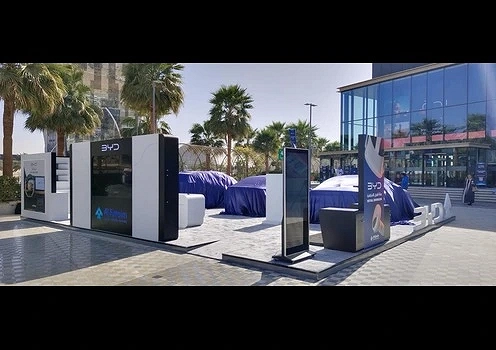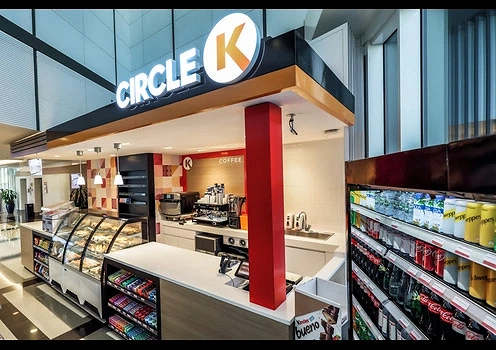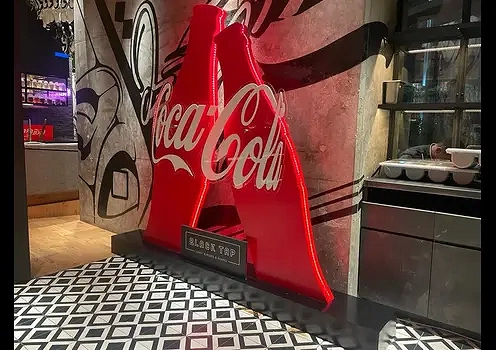In the world of business, exhibitions play a major role, where they act as an interface where brands and products can interact directly with customers and partners. From the early days of stalls to today's inspiring and interactive displays, exhibition booth design has undergone a significant transformation. This blog takes you on a journey through the evolution of exhibition booth design, highlighting key trends and innovations that have shaped the way brands present themselves at trade shows and exhibitions.
The Early Days of Exhibition Stands
In the 19th century, when exhibition booth designs first began to take shape, they were largely about showcasing technological advancements and innovations. The earliest exhibition stands were simple, which were made from wooden frames and fabrics. These early exhibition stands took the new world of exhibition trade shows and lacked the sophistication we see today. The designs of these exhibition booths were minimal and typically served the purpose of sheltering and spacing for goods on display rather than creating an experience for the visitor.
In the primary stage, the focus was on the product with little to no concern for brand identity and aesthetics. Exhibition spaces were mostly large halls filled with rows of tables and exhibition design booths, where products were placed on display for potential buyers to peruse. The idea of designs focuses on attracting attention and creating an immersive experience.
The Rise of Custom Design and Branding (Early to Mid-20th Century)
As the 20th century entered, exhibitions became increasingly important in promoting consumer goods. The industrial revolution and mass production led to a wider range of products being showcased at trade fairs and exhibitions. This marked the beginning of custom-designed exhibition design stands, as companies began to realize the value of generating a more personalized and professional representation of the company branding.
The early 1900s saw a move from the simple stall design to more designed booths that reflected the identity of the companies. Exhibition stands started considering branded elements such as logos and company colors. These exhibition stands also began to include exhibition stand displays of products and services in more organized and aesthetically pleasing layouts.
The 1930s and 1940s introduced the idea of modular designs in the exhibition booth designs, which allowed exhibitors to reuse and adapt their displays for different shows. Modular designs offer greater flexibility and enable companies to make their exhibition booth design look fresh and different while still using some of the same components.
During the post-World War II era, in the western world, consumerism grew, and trade shows became a powerful platform for companies to differentiate themselves. The trade shows now shifted towards creativity, with many brands commissioning bespoke designs that aimed to stand out on the floor.
The 1960s to 1980s: The Age of Innovation and Technology
The 1960s to 1980s are marked as a period of technological advancements. During this period of time, the growth of television and the growth of the mass media saw a shift in how companies marketed themselves. Company branding began to focus more on visual appeal and the creation of larger-than-life experiences to increase the audience.
In the 1960s, new materials and design elements, such as plastic and metal, began to merge in exhibition booth design construction. This allowed for modern designs with the use of neon lights and colored lighting; branding was able to draw attention from a distance. Exhibition stands became more dynamic with creative and striking displays. It makes more interactive stories with visitors.
By the 1970s and 1980s, a large number of exhibition stands continued to grow. Exhibitions were seen as an opportunity to impress and make a statement for the branding company. Brands began to use exhibition stands not just as a point of sale, but as a space to engage and grow customers. The rise of technology during this period makes the inclusion of audiovisual presentations, such as film reels and video displays, in the design of exhibition stands.
These designs became more elaborate and incorporated more advanced technology and multimedia elements into their layouts. The exhibition stands of the time became more interactive and drew people into experiences that went beyond just looking at products. Visitors were encouraged to engage with the products for better results.
The 1990s: The Digital Revolution
The 1990s was a transformative time for exhibition booth design. With the growth of digitalization, companies began to consider digital technologies in their displays. The exhibitors started realizing the potential for generating interactive sessions through smart computers and the internet.
Traditional posters and signs were replaced by digital screens and monitors, which allow brands to display content that could be easily updated. 3D graphics and animations have been started in the company branding. The interaction with the visitors makes for more engagement, and interactive kiosks allow visitors to explore more information about products.
The digital world also led to the growth of VR and AR experiences in exhibition booth design. Company branding started to experiment with VR headsets and AR applications to provide quality experiences to visitors. Exhibitors started to understand that the exhibition is a place for displaying products as well as a space where visitors could immerse themselves in the brand experience.
The 2000s: Eco-Friendly Design and Sustainability
The 2000s started with sustainability and eco-consciousness in design strategy. Both organizers and company branding started to consider the ecological impact of trade shows and exhibitions. It creates a focus on demand for environmentally friendly materials and energy-efficient lighting, which can minimize waste and reduce carbon in the exhibition stand.
During this period, the design of exhibition stands became more minimalistic. Company branding began to focus on generating sophisticated designs that reflect their commitment to sustainability. It focuses on a few materials with designs of functionality and simplicity while maintaining a visual appeal.
The 2010s: The Rise of Interactive and Immersive Experiences
By the 2010s, exhibitors started to embrace the idea of interactive experiences. The touchscreen technology and digital displays changed the way exhibitors interacted with visitors. The exhibition stand became a place with active participation.
Social media walls and live became common features in the exhibition booth design. Visitors were encouraged to take photos and videos from the exhibition stand. Gamification allowed visitors to engage with products and services in different ways.
AR and VR technologies became advanced and were frequently used in exhibition stand design. These technologies provide a good experience that allows visitors to interact with virtual products. Companies started to invest in a social space and a space where comfortable seating is available.
The 2020s: Hybrid and Digital-First Exhibitions
In the 2020s, COVID-19 dramatically changed everything. Events were put on hold or held virtually, and companies started to adapt in creating digital-first exhibition experiences. Webinars and virtual exhibitions became normal as a result of the evolution of the industry.
Exhibition stand design in the 2020s had to accept and adapt to the new hybrid format. Digital screens and touch interfaces were added into the physical stands to generate a seamless experience for attendees both on-site and online.
To reduce wastage and make a clutter-free exhibition stand, the trend toward sustainable design continued. Materials were increasingly recyclable and focused on energy efficiency. The design became more adaptable, allowing for flexibility in both physical and virtual formats.
Conclusion: Looking Ahead
As we're getting into the future, it's clear that exhibition booth design will continue to evolve. With the usage of 5G and AI, the next generation of exhibition stands will likely become even more customized and personalized with more interactive elements. Expecting more elements with artificial intelligence experience for each visitor.
The future will also likely focus on more eco-friendly and sustainable practices. The future of exhibition booth design will be shaped by the growing need for creativity and innovation. The exhibition booth design of tomorrow will be more than just a booth; they will be experiencing the engagement and inspiration with their audience in new and exciting ways.


